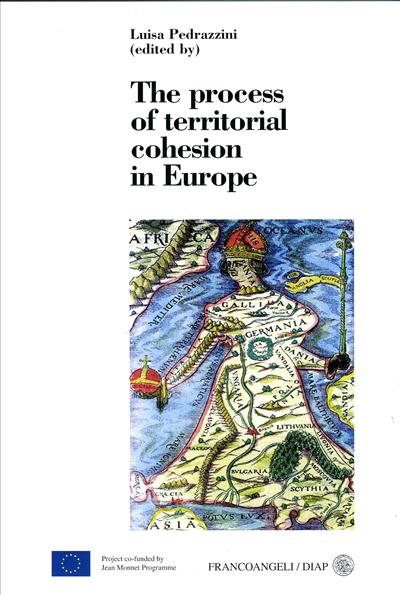
A cura di: Luisa Pedrazzini
The process of territorial cohesion in Europe
Pages: 224
ISBN: 9788846471802
Edition: 1a edizione 2006
Publisher code: 301.21
Availability: Buona
Our shipments will be suspended for the Christmas holidays from 17 December to 6 January (inclusive).
Orders received after 18 December will be processed starting from 7 January 2026.

A cura di: Luisa Pedrazzini
Pages: 224
ISBN: 9788846471802
Edition: 1a edizione 2006
Publisher code: 301.21
Availability: Buona